Contents
- Early History
- Colonial History
- Post-Independence Era and Contemporary Educational Infrastructure
- Primary & Secondary Education
- Institutions of Higher Learning
- Puranmal Lahoti Government Polytechnic
- Dayanand Science College
- Rajarshi Shahu College
- Swami Teerth University Sub-Center
- Prominent Figures & Organizations
- Dayanand Education Society
- Dr. Janardan Madhavrao Waghmare
- NGOs and Community-Based Education Efforts
- SOS Children’s Villages
- Graphs
- Enrollment and Dropout Rate
- A. Student Enrollment Numbers
- B. Student Enrollment (Class-Wise)
- C. Student Enrollment (Gender-Wise)
- D. Student Enrollment (By School Management Type)
- E. Drop Out Rate (By Schooling Level)
- F. Drop Out Rate (By Gender)
- Schools
- A. No. of Schools
- B. No. of Schools (Filtered by Gender Mix)
- C. No. of Schools (By School Management Type)
- Teachers
- A. No. of Teachers
- B. No. of Teachers (By School Management Type)
- C. No. of Teachers (Male vs Female)
- D. Education Level of Teachers
- Sources
LATUR
Education
Last updated on 28 July 2025. Help us improve the information on this page by clicking on suggest edits or writing to us.
The educational framework of Latur aligns with the broader structure of the Indian education system, encompassing pre-primary, primary, secondary, and higher education. By the 19th century, the introduction of the Western education framework in the district changed its educational landscape. British administrators and missionaries became actively involved in shaping education in the region. Additionally, as part of the Hyderabad State during this period, the district’s educational development was also influenced by the Nizams of Hyderabad.
Still, even as colonial influences grew, the early 20th century saw a wave of local initiatives; its existence indicated an increasing public awareness regarding the importance of education. Local communities took charge of education, a movement that carried into the post-independence era, shaping the district’s educational landscape in lasting ways.
Today, Latur has, notably, emerged as a prominent educational hub in the Marathwada region, gaining recognition for its expanding network of higher education institutions, coaching centers, and the widely recognized "Latur Pattern" of learning.
Early History
Little is known about the early history of education in Latur, however, this does not imply that formal or any system of education was completely absent in the district. It is possible that, like many places across Maharashtra, some systems of education did exist in the district in earlier times.
Colonial History
During the colonial period, Latur was under the rule of the Nizam of Hyderabad as part of the princely Hyderabad State. At the time, Latur had not yet been constituted as a separate district and was administratively included within the larger Dharashiv (Osmanabad) region.
Detailed records of the educational infrastructure in Latur during the Nizam's rule are limited. According to the Osmanabad District Gazetteer (1972), Urdu, the official language of the Hyderabad administration, is said to have broadly served as the principal medium of instruction in schools. Persian and Arabic were also promoted. However, it remains unclear to what extent these policies were implemented uniformly across regions like Latur, and whether local variations in language use or access to education existed.
Post-Independence Era and Contemporary Educational Infrastructure
Following India's independence, the education system in the district underwent major transformations, driven by both state policies and local leadership. The introduction of structured education levels—pre-primary, primary, secondary, and higher education—along with the implementation of National Education Policies, heavily shaped Latur’s educational landscape. Over the years, the sector expanded with contributions from both government-funded institutions and private organizations. Additionally, the introduction of various educational boards, each offering distinct curricula and standards, provided students with more choices and opportunities.
Primary & Secondary Education
During the colonial period, both public and private efforts in education primarily focused on primary and secondary schooling, as indicated by data from district gazetteers across Maharashtra. Higher education remained underdeveloped in most districts, including Latur, with gradual improvements over time. While basic infrastructure for primary and secondary education existed, its expansion was closely tied to increasing enrollment and greater involvement of local figures.

Today, this expansion is evident in the widespread presence of schools across various wards of Latur, with available data reflecting the steady growth of educational institutions in both urban and rural parts of the district.
Institutions of Higher Learning
Perhaps one of the most notable changes in Latur’s educational landscape is tied to the establishment of higher education institutions. While primary and secondary schooling expanded steadily, opportunities for advanced education remained limited for much of the district’s history. Over time, local leaders and organizations played a crucial role in addressing this gap, leading to the creation of several colleges. As a result, many institutions in the district today are privately managed, semi-private, or autonomous.
Puranmal Lahoti Government Polytechnic
Established in 1956, the Puranmal Lahoti Government Polytechnic is regarded to be one of Maharashtra’s oldest technical institutes. Initially known as the Puranmal Lahoti Smarak Technical Institute, it was founded by a group of educationists including Babasaheb Paranjape, Swami Ramanand Teerth, Dewasinhji Chavan, and Puranmal Lahoti. The institution was created to address the shortage of technical education facilities in the Marathwada region.
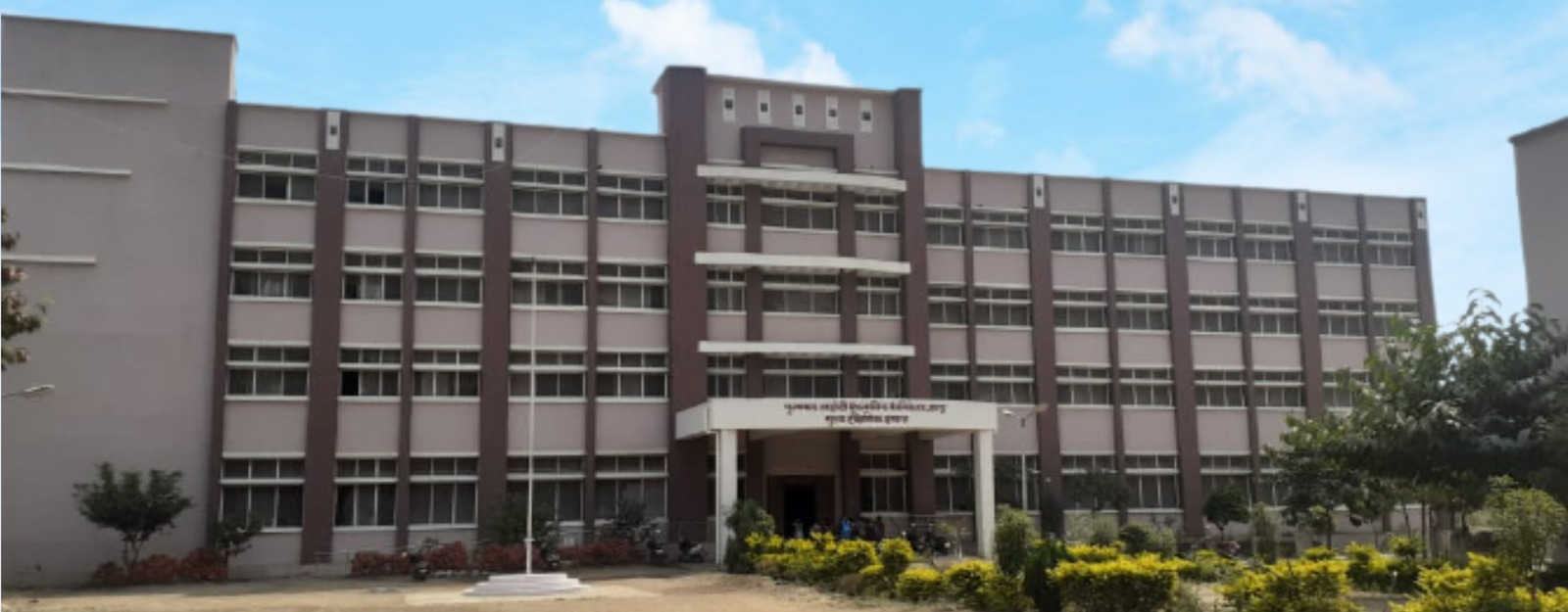
It was initially funded through community donations and land provided by local philanthropist Mr. Kayamkhani. Puranmal Lahoti made a significant financial contribution to ensure the completion of the project, and the institute was named in his memory after his passing. The institute was later transferred to the Government of Maharashtra in 1962. It currently offers a three-year diploma in Civil Engineering and according to the institute’s website, it holds the distinction of being India’s first private institution to award technical diplomas.
Dayanand Science College
Dayanand Science College, founded in 1961 by the Dayanand Education Society, is recognized as the first single-faculty science college in the Marathwada region. Initially offering undergraduate programs in subjects such as Physics, Chemistry, Botany, Zoology, and Mathematics, the college gradually expanded its academic offerings.
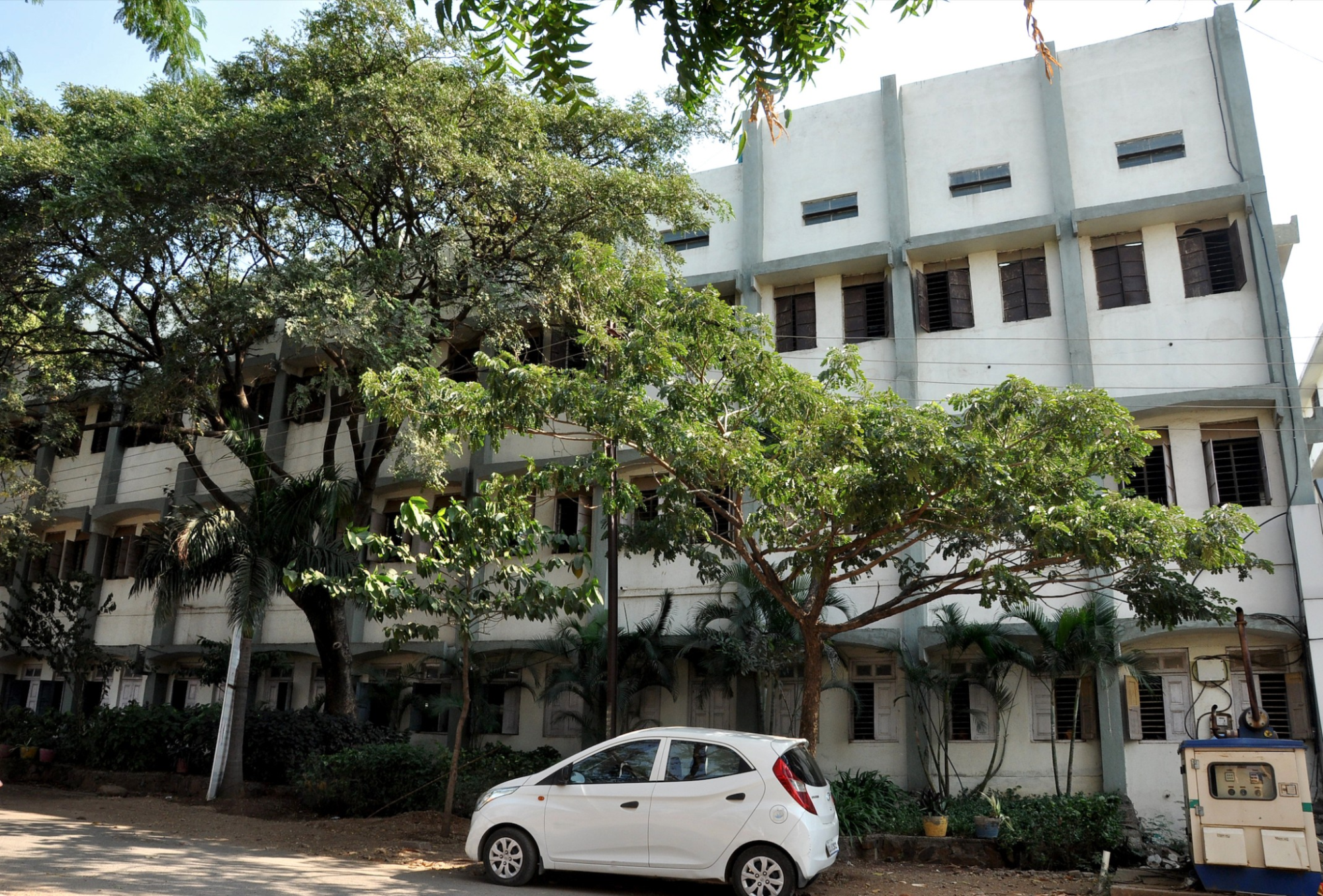
In 1978, applied science programs were introduced in areas such as Electronics, Microbiology, Industrial Chemistry, Fishery Science, and Computer Science. Postgraduate courses in Chemistry and Microbiology were added in 1992, followed by additional M.Sc. programs in Computer Science, Biotechnology, Physics, and Mathematics. The college also offers diploma programs and short-term industry-aligned certifications.
Rajarshi Shahu College
Rajarshi Shahu Mahavidyalaya was established in 1970 by the Shiv Chhatrapati Shikshan Sanstha with the aim of expanding access to higher education in Latur. The college initially offered undergraduate courses in Arts and Commerce, adding Science programs in 1971.

The college received broader recognition in 1978 when its students secured the top three positions in the university’s Commerce examinations. It was awarded the ‘Ideal Educational Institute’ title by the Government of Maharashtra in 2000 and became the first college in the region to receive an ‘A’ grade from NAAC in 2003. Today, Rajarshi Shahu Mahavidyalaya is known for its alumni in public service, politics, research, law, media, and other fields. Notable alumni include Shri Sambhajirao Patil, a Cabinet Minister in the Government of Maharashtra.
Swami Teerth University Sub-Center
The Swami Ramanand Teerth Marathwada University Sub-Centre in Latur was established in 2007–08 to address the growing demand for postgraduate education in the region. Prior to its establishment, students seeking advanced degrees often had to relocate to larger cities.
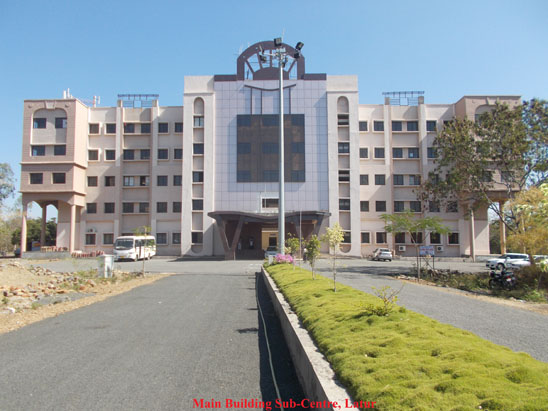
Situated on a 53-acre campus, the Sub-Centre includes a five-storey academic building housing administrative offices, a library, computer labs, and lecture halls. It initially offered postgraduate programs and has since expanded to include doctoral research. The Sub-Centre currently operates four academic schools: Management Sciences, Technology, Social Sciences, and Languages and Literature.
Though smaller in scale than major urban universities, the Sub-Centre plays a critical role in providing local access to higher education and research opportunities in Latur district and neighboring areas.
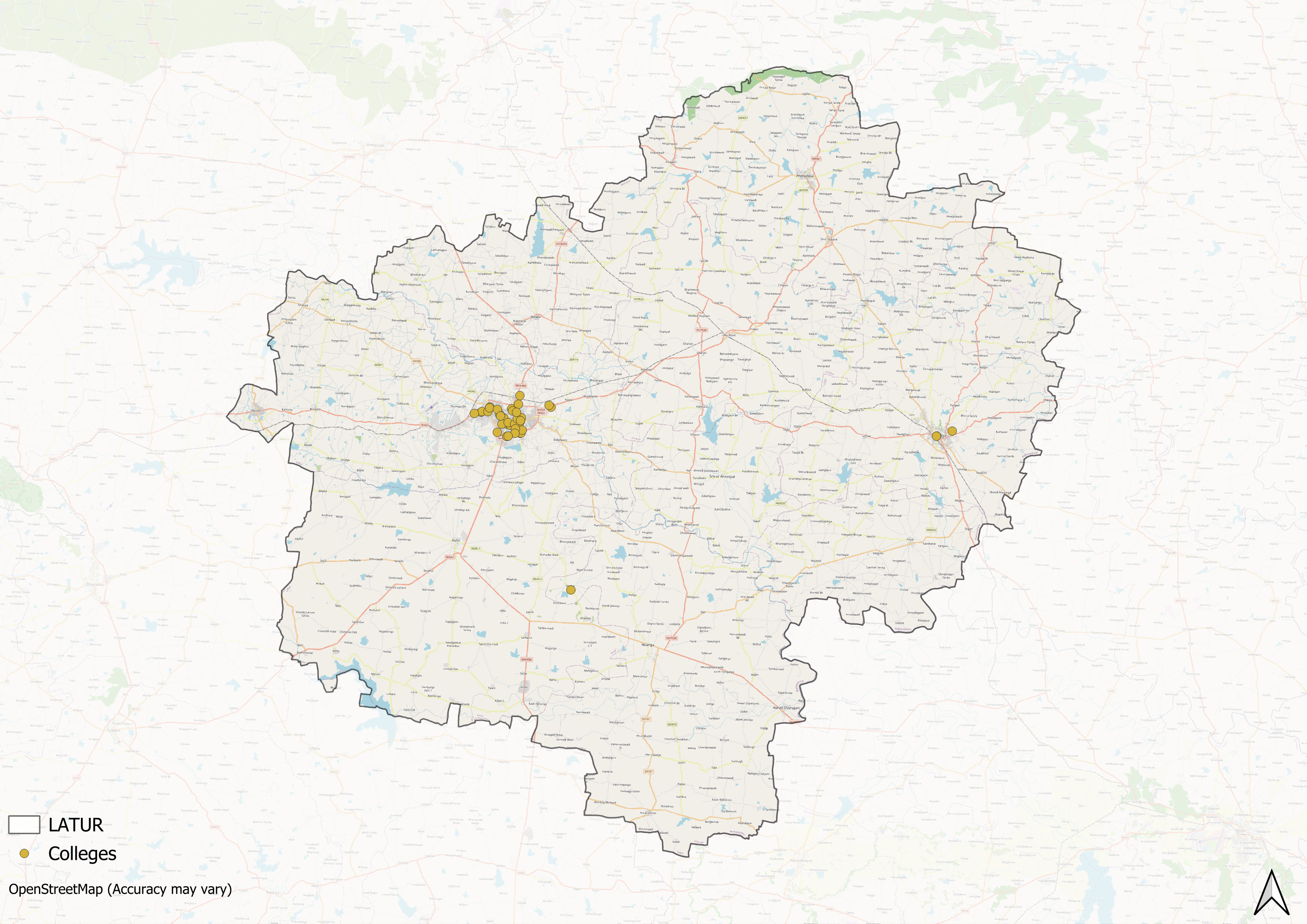
In addition to these institutions, a number of centres for higher education operate throughout the district, which offer programmes across various disciplines. While the landscape of higher education has broadened significantly since independence, disparities in access, particularly along geographic lines, remain evident.
Prominent Figures & Organizations
Dayanand Education Society
The Dayanand Education Society, established in 1961, was founded with the aim of expanding access to higher education in the Latur region, particularly for students from economically disadvantaged backgrounds. At a time when students often had to migrate to urban centers such as Mumbai, Pune, or Hyderabad to pursue higher studies, the Society sought to create local opportunities for advanced learning.
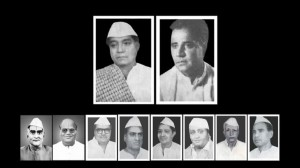
The Society was founded by a group of social reformers and local leaders, including Manikraoji Sonavane, Raja Narayanlalji Lahoti, Chandrashekherdada Bajpai, Madanlalji Biyani, Shantibhai Shah, Nathmalji Innani, Ranaba Mandade, Ramgopalji Rathi, Tamanappa Utage, and Keshavraoji Sonavane. Many of these figures were active in the freedom movement and political life, and shared a commitment to educational reform.
The Society established Dayanand Arts, Commerce, and Science Colleges in June 1961, laying the foundation for what later became known as the “Latur Pattern” of education. In 2009, the Society expanded its offerings with the founding of the Dayanand College of Pharmacy. Today, according to its website, it manages five colleges across a 22-acre campus, serving approximately 10,000 students at undergraduate and postgraduate levels.
Dr. Janardan Madhavrao Waghmare
Dr. Janardan Madhavrao Waghmare is an educationist and politician from Maharashtra known for his contributions to higher education and public service. He has served as a Member of the Rajya Sabha and as President of the Latur Municipal Council. His academic roles have included serving as the founding Vice-Chancellor of Swami Ramanand Teerth Marathwada University, Nanded, and as Principal of Rajarshi Shahu College, Latur.
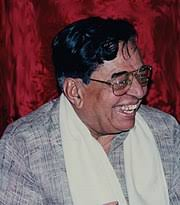
Dr. Waghmare is also credited, alongside Aniruddha Jadhav, with developing the “Latur Pattern” of education—an approach to secondary and higher secondary instruction focused on early syllabus completion, systematic revision, and personalized mentoring. Designed to address educational challenges in resource-limited areas, the model emphasizes teacher involvement and parental support. The approach became nationally recognized for producing high-achieving students in board examinations. Its effectiveness became particularly evident in 2020 when the Latur division of Maharashtra made headlines for its remarkable academic achievements. Of the 242 students across the state who scored a perfect 100 in the Class 10 state board exams, 151 were from the Latur division.
In recognition of his contributions, Dr. Waghmare was awarded the Shahu Puraskar in 2022. While the Latur Pattern has drawn praise for its academic outcomes, it has also faced criticism for its exam-centric focus and limited attention to holistic development.
NGOs and Community-Based Education Efforts
Education has been a key driver of social reform, particularly in addressing inequality and expanding access to learning. While formal institutions provide structured education, many communities continue to face barriers due to poverty, social stigma, or lack of resources. To address these challenges, various organizations in Latur have focused on community-based education initiatives, with each working to tackle specific social challenges present in the district
SOS Children’s Villages
SOS Children’s Villages, an international non-profit organization founded in Austria in 1949, has operated in India for several decades, providing support to children without parental care and vulnerable families. In Latur, the organization became particularly active following the 1993 earthquake, which left many children orphaned or abandoned.
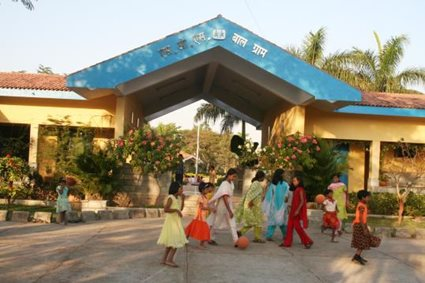
The SOS Village in Latur provides residential care for children and facilitates access to formal education, typically through local schools. Academic support, such as tutoring and exam preparation, is offered in coordination with school curricula. Older children may be accommodated at a separate youth facility, where they are encouraged to continue their studies or pursue vocational training. The organization also conducts periodic sessions related to communication and life skills as part of its support structure.
In addition to residential care, the Family Strengthening Programme (FSP) operates in the district to assist families facing socio-economic challenges. The program includes tuition assistance, basic skill development, and other forms of support intended to reduce school dropouts and improve household stability. The Latur facility is located near the railway station and airport and serves as a regional center for the organization’s educational and social support initiatives.
Graphs
Enrollment and Dropout Rate
Schools
Teachers
Sources
Amol Kulkarni. 2010–2011. Review of historical and archaeological studies of last hundred years in Osmanabad District, Maharashtra.Bulletin of the Deccan College Post-Graduate and Research Institute. vol70 no 71.https://www.jstor.org/stable/42931237https://www.jstor.org/stable/42931237
Anita Bhatkhande. 2020. “Latur’s Study Model Is Key to 100% Class 10 Success Formula, Say Schools & Teachers.”Hindustan Times.https://www.hindustantimes.com/mumbai-news/latur-s-study-model-is-key-to-100-class-10-success-formula-say-schools-teachers/story-6ohkz3ZyBCc1kgOcaWeI1M.htmlhttps://www.hindustantimes.com/mumbai-news/l…
Dayanand College of Arts, Latur. About the College.https://daclatur.org/about-college/https://daclatur.org/about-college/
Dayanand Science College, Latur. 2023.Prospectus 2023.Dayanand Science College, Latur.https://dsclatur.org/wp-content/uploads/2023/06/DSCL-Prospect-2023.pdfhttps://dsclatur.org/wp-content/uploads/2023…
Maharashtra State Gazetteers. 1972.Osmanabad District.Government of Maharashtra.
Puranmal Lahoti Government Polytechnic, Latur. “About Institute.”Puranmal Lahoti Government Polytechnic, Latur.Accessed March 29, 2025.https://www.plgpl.org/index.php?option=com_content&view=article&id=157&Itemid=353https://www.plgpl.org/index.php?option=com_c…
Shahu College, Latur. “About the College.”Shahu College, Latur.https://www.shahucollegelatur.org.in/AboutCollege.phphttps://www.shahucollegelatur.org.in/AboutCo…
SOS Children’s Villages India. “About Us.”SOS Children’s Villages India.https://www.soschildrensvillages.in/about-us/https://www.soschildrensvillages.in/about-us/
SOS Children’s Villages India. “SOS Children’s Village Latur.”SOS Children’s Villages India.https://www.soschildrensvillages.in/sos-children-s-village-latur/https://www.soschildrensvillages.in/sos-chil…
Swami Ramanand Teerth Marathwada University. “Home”. Swami Ramanand Teerth Marathwada University.https://srtmun.ac.in/en/?id=prada/https://srtmun.ac.in/en/?id=prada/
Swami Ramanand Teerth Marathwada University. “Sub-Centre Latur.”Swami Ramanand Teerth Marathwada University.https://srtmun.ac.in/en/sub-centre-latur.htmlhttps://srtmun.ac.in/en/sub-centre-latur.html
The Times of India. 2022. “Educationist Waghmare to Be Conferred Shahu Puraskar.”The Times of India.https://timesofindia.indiatimes.com/city/kolhapur/educationist-waghmare-to-be-conferred-shahu-puraskar/articleshow/92240351.cmshttps://timesofindia.indiatimes.com/city/kol…
Last updated on 28 July 2025. Help us improve the information on this page by clicking on suggest edits or writing to us.